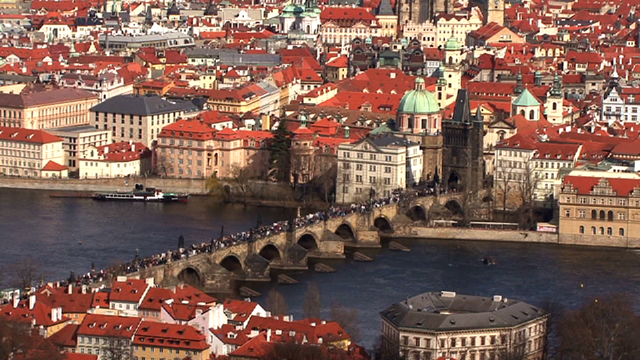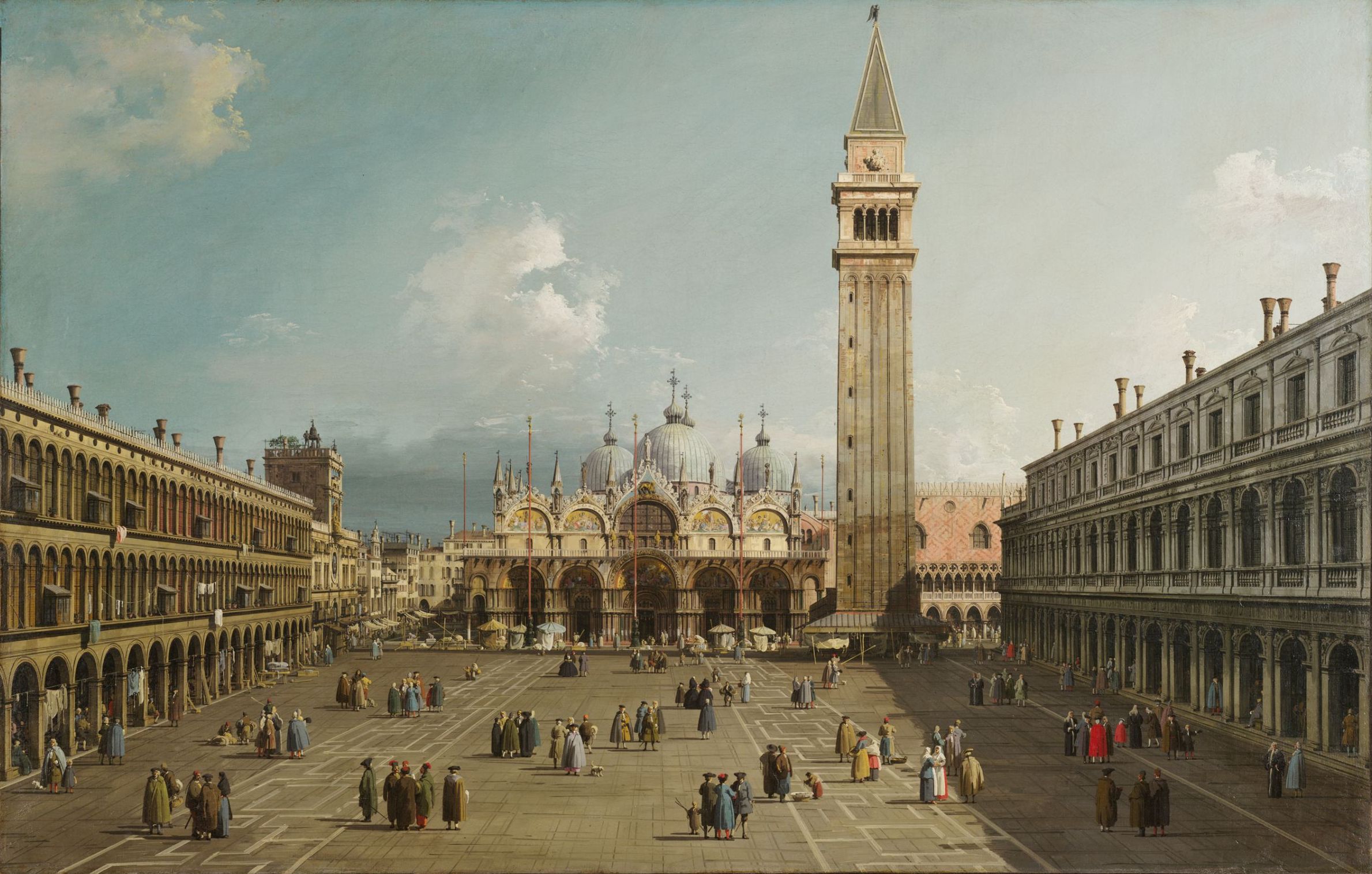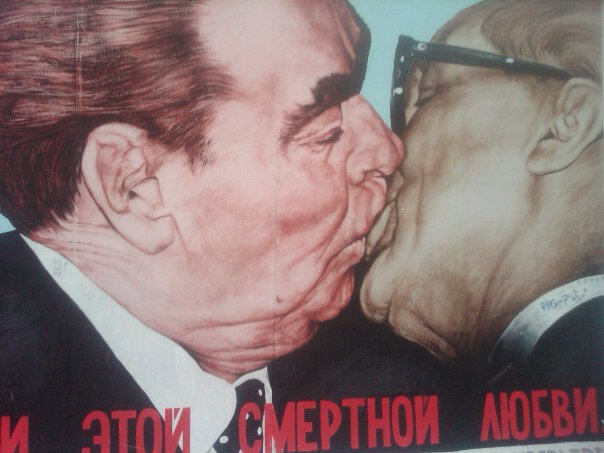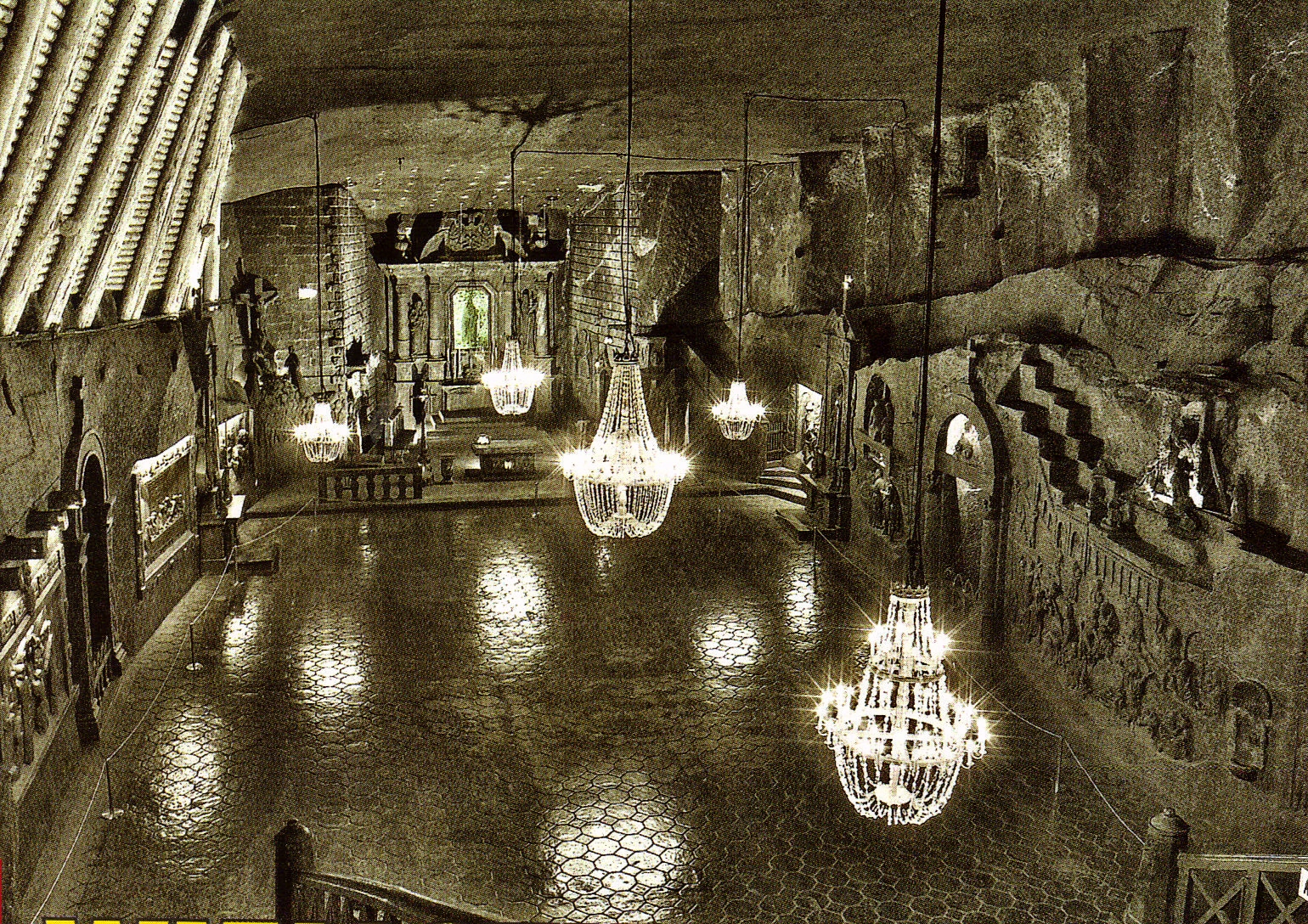Schloss Cecilienhof
The Potsdam Declaration or the Proclamation Defining Terms for Japanese Surrender is a statement that called for the Surrender of the Empire of Japan during World War II. On July 26, 1945, United States President Harry S. Truman, United Kingdom Prime Minister Winston Churchill, and Chairman of the Nationalist Government of China Chiang Kai-shek issued the document, which outlined the terms of surrender for the Empire of Japan as agreed upon at the Potsdam Conference. This ultimatum stated that, if Japan did not surrender, it would face "prompt and utter destruction" although the document did not make any mention of atomic weapons.
This is the house where the leaders met and the atomic bombs were unleashed on Japan's two cities....
Schloss Cecilienhof is a palace in the northern part of the Neuer Garten park in Potsdam, Germany, close to the Jungfernsee lake. It has been part of the Palaces and Parks of Potsdam and Berlin UNESCO World Heritage Site since 1990.
Cecilienhof was the last palace built by the Hohenzollern family. Emperor Wilhelm II of Germany had it erected for his son, Crown Prince Wilhelm of Germany, and the crown prince's wife Duchess Cecilie of Mecklenburg-Schwerin. The house was designed by Paul Schultze-Naumburg to look like an English Tudor country house and built between 1914 and 1917. Its design was based on a house called 'Bidston Court' (later 'Hillbark') on the Wirral Peninsula. which in turn was inspired by Little Moreton Hall.The interior was furnished according to plans by Paul Troost, who originally had designed steamship décors.
The brick and oak timberframe building, including six courtyards and 55 carved brick chimney tops, should have been completed in 1915, but construction was delayed due to the outbreak of World War I and Crown Prince Wilhelm and Cecilie could not move in until August 1917. Wilhelm followed his father into exile one year later, while Cecilie stayed at the palace until she fled from the approaching Red Army in February 1945.
Cecilienhof was the location of the Potsdam Conference between 17 July and 2 August 1945. The rooms had been largely refurnished to match the taste of the participants. Winston Churchill, later Clement Attlee, Joseph Stalin and Harry S. Truman met at the round table in the great hall. On 26 July 1945, Churchill and Truman issued the Potsdam Declaration defining the terms for Japanese surrender, while Truman had already given order to prepare the atomic bombing of Hiroshima and Nagasaki.
The conference room where the Three Giants met to decide on the fate of Japan was preserved...together with the chairs too!!!
Today Cecilienhof is a museum as well as a hotel. Queen Elizabeth II visited Cecilienhof on 3 November 2004. On 30 May 2007, the palace was used for the G8 foreign ministers summit.


















.jpg)
































 , cause I read all the info here bridestopsites.com/ about local traditions, place and of course nice ladies.
, cause I read all the info here bridestopsites.com/ about local traditions, place and of course nice ladies.